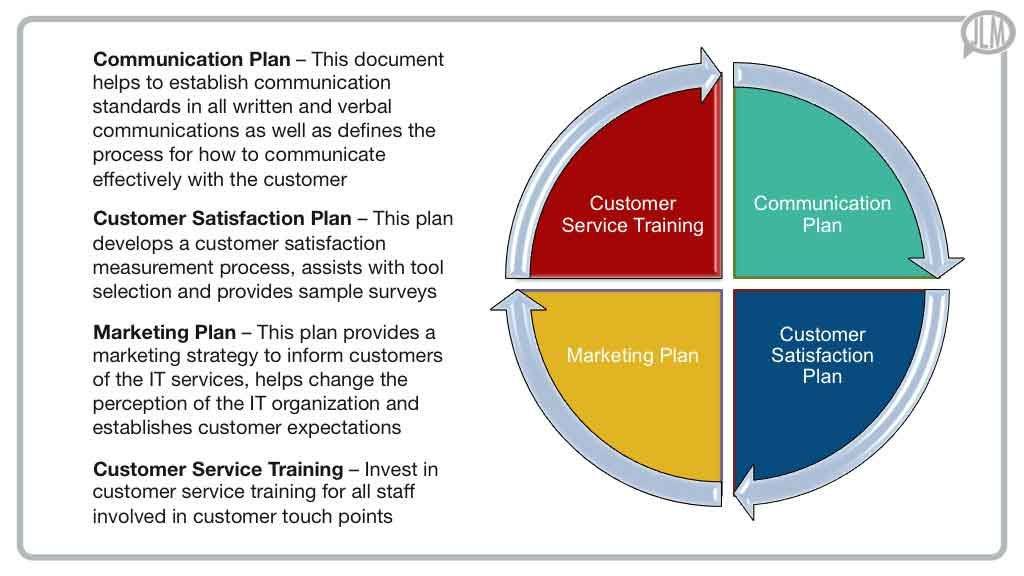![]()
Customer Experience Management is a strategic focus on managing all interactions with a customer across the entire experience with a product or service. Organizations need to engineer a customer experience that creates a vision of what they want to provide, distinguishes services from the competition, and creates loyal customer advocates that tell others how great the services are. A great customer experience drives higher levels of customer satisfaction! And we need happier customers – that are delighted with the services we provide. Service organizations need to navigate a clear road to customer satisfaction.
To create a successful roadmap to higher levels of customer satisfaction, customer experience management (CEM) and information technology service management (ITSM) methods and processes can be joined to design valuable customer experiences. Both frameworks focus on processes, value creation, and a lifecycle approach (Figure 1). This article provides an overview of how these two frameworks combine together to provide high value to the business and exceptional customer experiences.
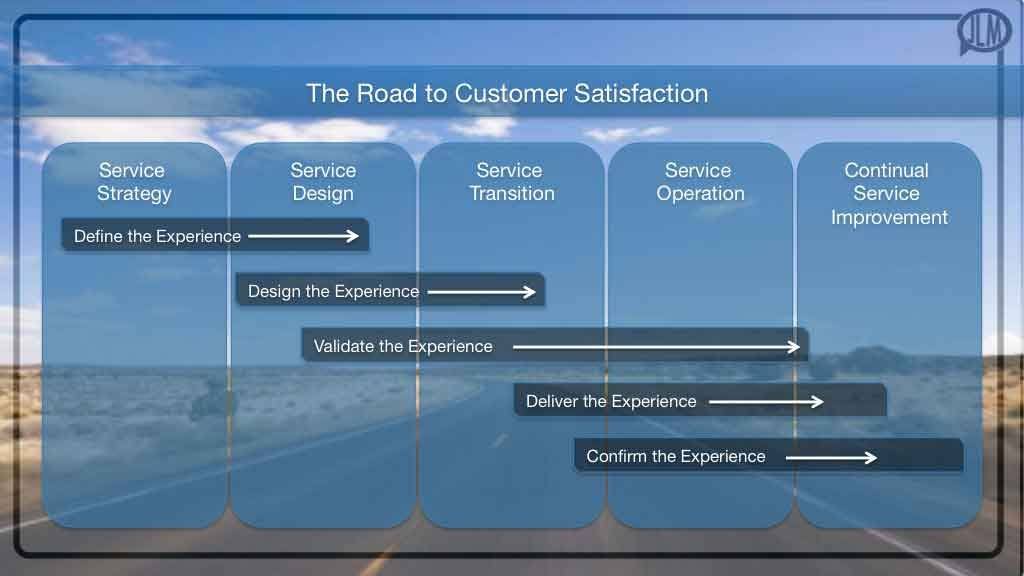
Figure 1. The Road to Customer Satisfaction
Service Strategy – Define the Customer Experience
As part of the long-term strategy of the organization, customer loyalty, customer satisfaction, and customer effectiveness are important. In strategy, an organization defines the customer experience by developing a thorough understanding of what is important to the business, what is important to our customers, and what defines success.
From an ITSM perspective, we need to understand the services, support needs, and end-user satisfaction. From this in-depth understanding, the IT organization determines the long-term needs for services and support. This includes:
- Conduct a strategy review of the service provider
- Conduct an annual benchmark survey to understand what the business needs, what the customer expects, and to establish a strategy for delivering a customer experience
- Review the survey results to identify ways that IT can provide greater value
- Complete a cost analysis of the current services to understand the current cost and value of the support services
- Interview key stakeholders to identify the constraints, risks, goals, objectives and key drivers for change
Annual Customer Satisfaction Benchmark Survey
The annual benchmark survey is a formal survey developed by the service provider that collects significant feedback about the customer, communications, satisfaction, demographics, and support needs. Table 1 provides a sample benchmark survey.
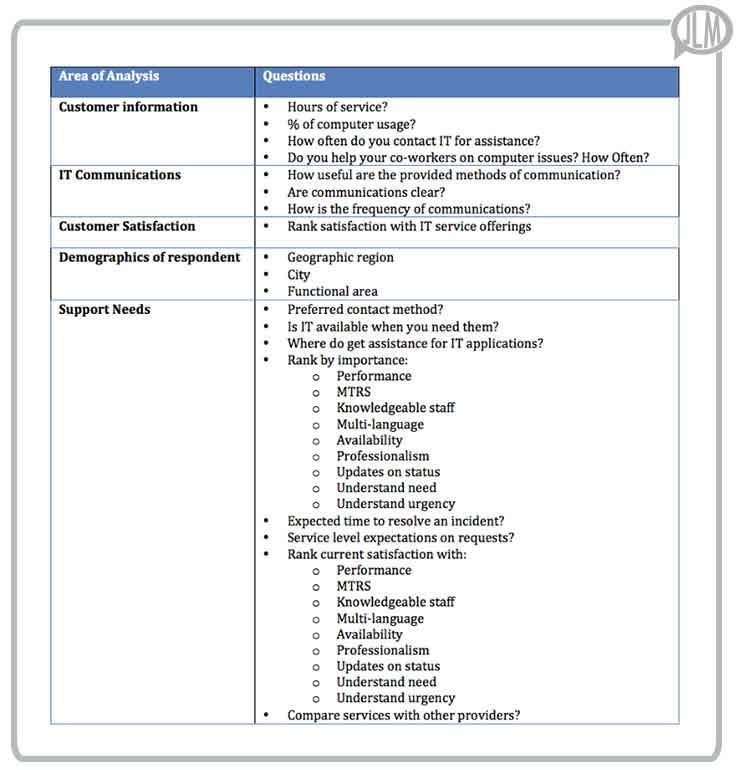
Table 1. Sample Benchmark Survey
Be sure to identify the participants carefully. Prior to distribution, it is important to communicate the purpose of the survey to ensure that a large enough sample is obtained. After the survey is distributed, careful tabulation of the results is important. Analysis of the results identifies the customer experience gaps. Don’t forget to close the loop with the customers and share the results.
Service Design – Design the Customer Experience
Using the business requirements as an input into the design stage, the first step in the design stage is to conduct a complete gap analysis between what the business needs and what is currently being delivered and identify all the areas of improvement. To design an effective experience, we have to understand how processes need to change, how to better engage the customers, and how to create a more valuable service for our customers.
From an ITSM perspective, we want to provide higher levels of satisfaction by design. This requires an analysis of all customer touch points across web, email, phone, marketing materials, scripts, and voicemail. In addition, a detailed look at all processes is required to understand how to better deliver a better customer experience. One of the key tools to complete a process review is a customer experience map.
The objective of the design is to create a customer experience that is aligned with the business objectives. It is important to use the identified requirements, constraints, drivers and risks from strategy. The outcome includes
- Service improvement plan with identified critical success factors
- Designed support processes
- Transactional surveys
- Identified support tools
- A communication plan, satisfaction plan, and marketing plan
- Customer service training (as shown in Figure 2).
Figure 2. The Customer Experience Design
Designing Processes
A support process map from the existing process can be used to develop a customer experience map. Figure 3 depicts a typical cross-functional process flow for the incident management process. Everything in the customer lane of the process flow is an interaction point that needs to be designed to provide value to the customer.
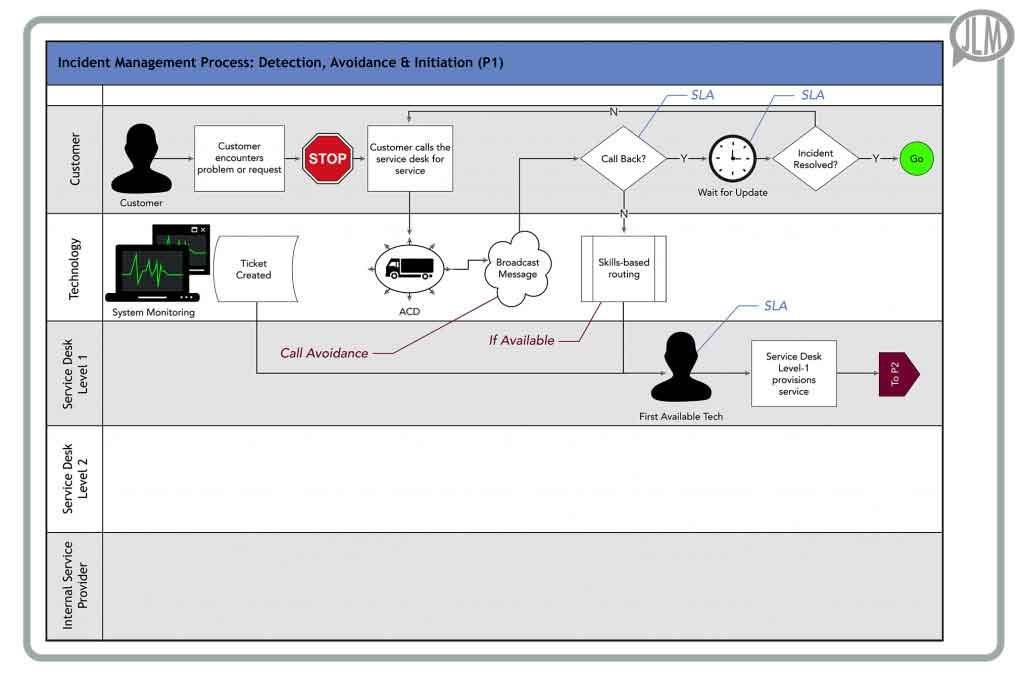
Figure 3. Incident Management Process Flow
The customer experience map is depicted in Figure 4 and shows all the positive influencers that can improve the customer experience and the negative impacts that can cause the experience to be less than positive for the customer. The goal is to look at the activities of the process flow in Figure 3, and identify how we can engineer a process that enables the support organization to provide value at each interaction point.
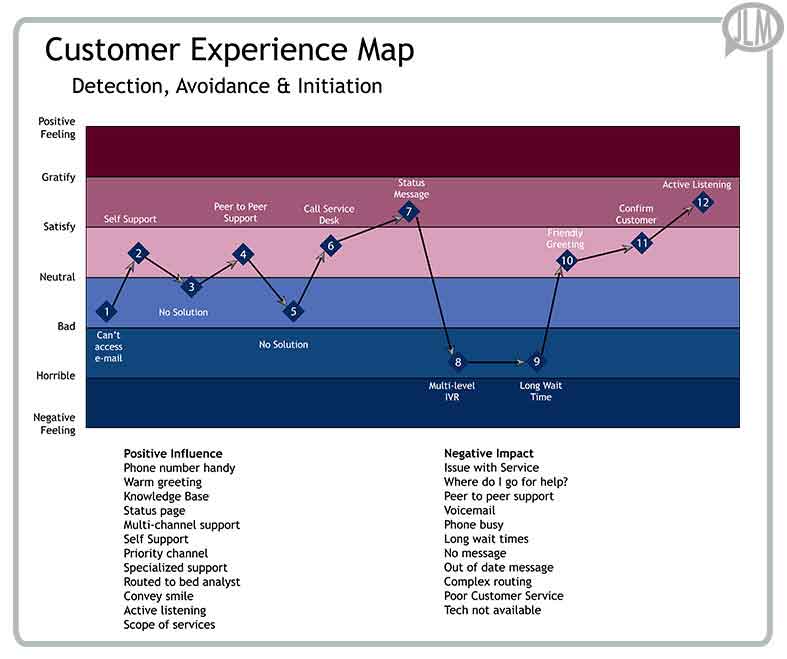
Figure 4. Customer Experience Map
Transactional Customer Satisfaction Survey Design
A transactional survey identifies how the interactions with the support organization meet the needs of the customer. Complaints and compliments from the customers are important feedback. The transactional survey provides ongoing input into the continuous improvement of services and support and assists with tracking the organization’s progress toward the goals. Table 2 shows a sample transaction survey options. Typically, a transactional survey only includes 5 questions. The survey uses a satisfaction scale of 1-5, with 1 representing low satisfaction and 5 high satisfaction.
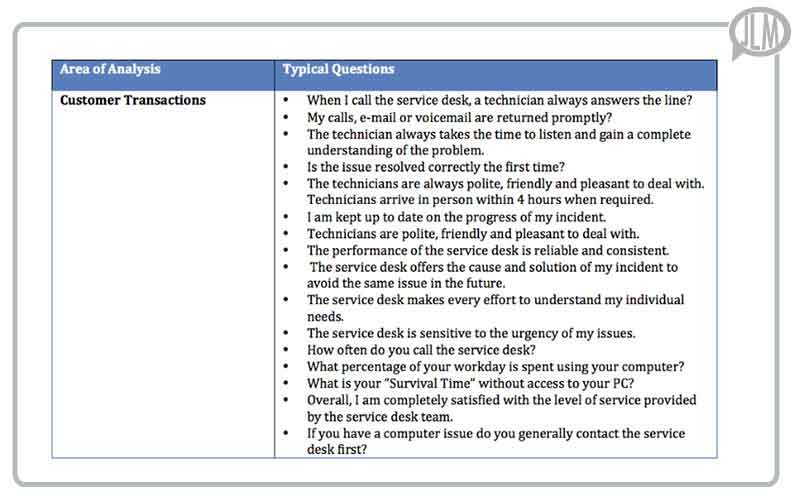
Table 2. Sample Transactional Survey
Service Transition – Validate the Customer Experience
In service transition, the organization realizes the service improvement by building, testing and implementing the service improvement plan. In transition, we build the new capability, implement our plan, test and verify that it works, and then turn it over to operations for the ongoing management and delivery.
From an ITSM perspective, it is the implementation of a dynamic and interactive customer experience across all types of interactions including face-to-face, e-service, web portal, telephony systems, email contact, and phone contact. The customer interactions need to be structured and consistent.
The success of service transition lies in the build, test, and implementation of the newly defined processes, tools and feedback mechanisms. To do this, we focus on
- Implementation of the service improvement plan
- Implementation of improved processes and tools
- Implementation of the communication plan, satisfaction measurement plan, and marketing plan
- Test all customer interfaces to ensure that the design is working as expected
The result is a differentiated experience that consistently provides value across every aspect of the service and support processes.
Service Operation – Deliver the Customer Experience
In the service operation stage of the lifecycle, the customer actually gets the value of the redesigned customer experience, as it is now part of normal operations. It is in the operational environment that our staff can make or break the experience. Does the new customer experience deliver on our promises? Does it create and provide value? Are the customers satisfied?
From an ITSM perspective, we are working toward meeting the customer’s service and support needs, building customer service, customer satisfaction, and customer advocacy into the culture of the support organization.
The main objective of service operation is to manage and deliver the enhanced customer experience. This requires management to
- Recruit the right people
- Manage processes
- Continue to solicit feedback
- Work closely with CSI to identify improvements and to continually align the customer experience with the business needs
We need the backing of leadership and a customer advocacy team that has the skills and ability to deliver the customer experience.
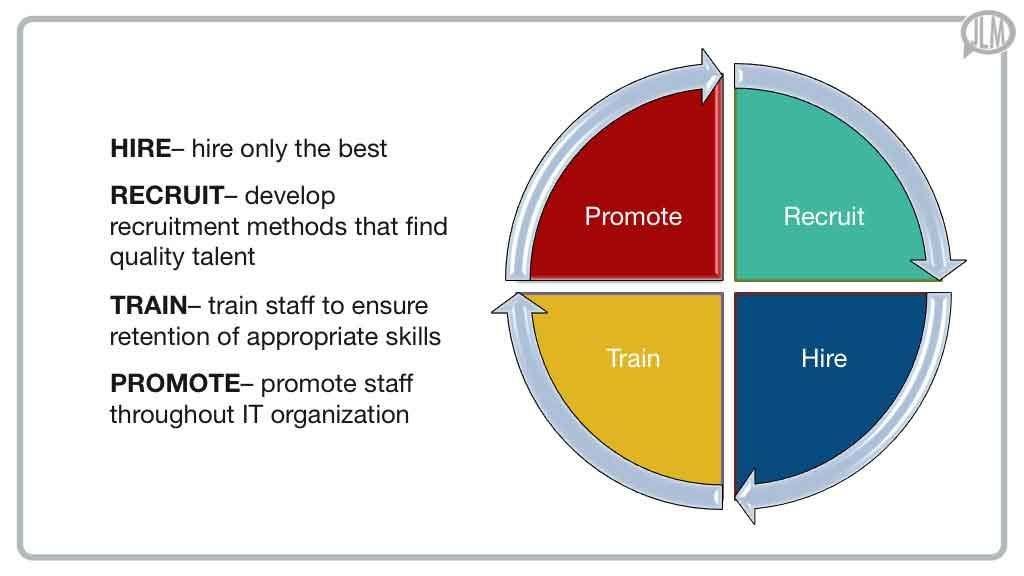
Figure 5. Customer Advocacy Team
Customer Advocacy Team
People create the right customer experience. It is important to have highly trained, technical and customer service experts (Figure 5). The customer advocacy team will be empowered to create memorable experiences. Empowerment is about providing choices that can change or influence the customer’s experience. Examples include alternative solutions to solving problems, replacing products, crediting accounts, end-user training, and proactive communication.
Leadership
The role of leadership is to create enthusiasm and help to change the culture. The leadership also garners the support of management to sustain the customer experience model. The leaders report on and measure the success criteria and manage the implementation of the new experience. Finally, leadership plays a pivotal role in marketing the success internally and to the customers. Figure 6 depicts the overall process to deliver and manage the customer experience.
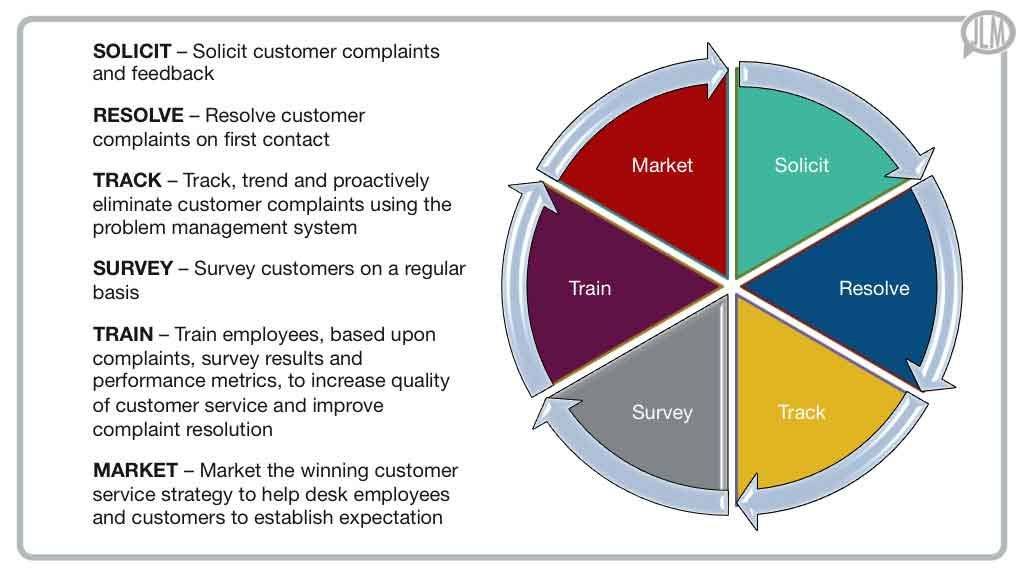
Figure 6. Deliver and Manage the Customer Experience
Continual Service Improvement – Confirm the Customer Experience
In the final stage of the service lifecycle, the service provider’s goal is to align IT and business goals continually. The service provider identifies what needs to be measured and must use the information to identify improvements, and continually align services with the needs of the business.
In ITSM, we measure and continue to improve service level achievements, better manage customer expectations, improve the image if IT, and improve the alignment of IT services with business needs. This improvement requires
- Performance measures linked to goals and objectives
- Linking transaction performance with overall customer satisfaction and business value creation
- Identification of process improvements
- The correct level of measurement
Ideally, the organization will use the measures to link to value creation.
Performance management drives a customer advocacy team that will not accept less then perfect experiences. It is important as part of continuous improvement. Each transaction that is less than positive experience must be reviewed for possible improvements to the customer experience.
The Roadmap to Customer Satisfaction
Figure 7 depicts the combination of ITSM and CEM and the five stages of customer satisfaction. The roadmap to customer satisfaction can improve the ITSM value proposition for the business.
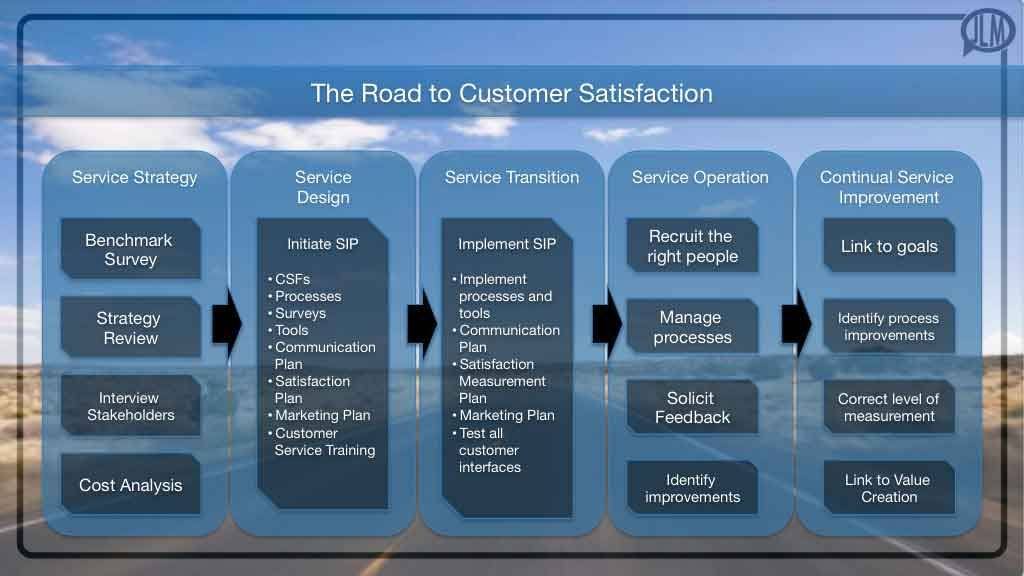
Figure 7. Methods to Customer Satisfaction
Customer Experience Management is a cultural change that requires sharp focus on the total customer experience, over every touch point. The two frameworks combined are a powerful agent of change that helps to make the customer the focus of IT value.




